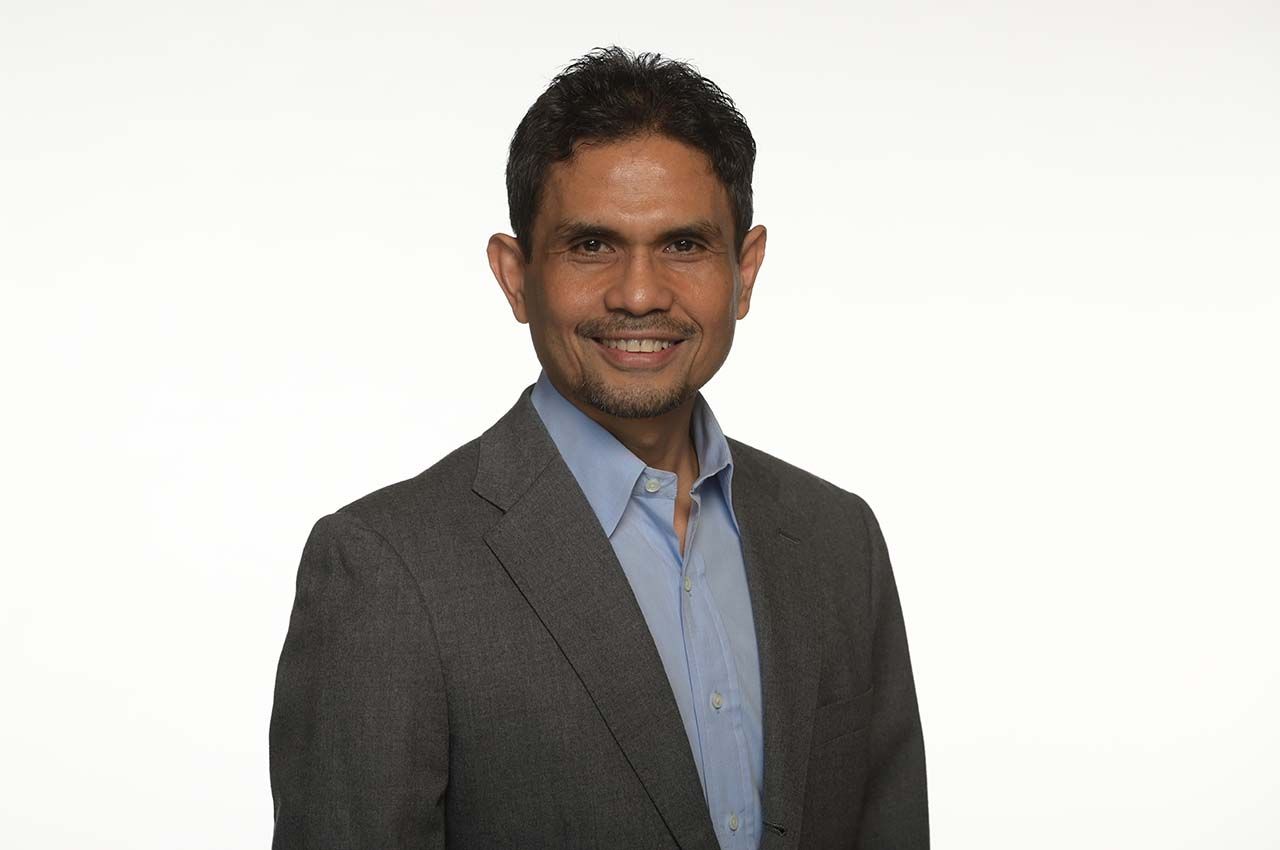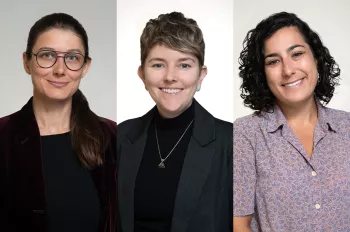Two Similar Extreme Storms, Two Very Different Socioeconomic Impacts
New Research Examining Katrina, Sandy Could Lead to More Equitable Climate Resilience Planning for Cities

A new analysis of the economic impacts of Hurricane Katrina and Superstorm Sandy could help improve climate resilience planning for cities anticipating severe weather events going forward. In a recently published paper, “Structural Path Analysis of Extreme Weather Events: An Application to Hurricane Katrina and Superstorm Sandy” (Applied Geography, November 2021), Illinois Institute of Technology Associate Professor of Social Science Yuri Mansury examines the impact of the two storms on households’ income and properties, looking at which populations saw the most economic harm from the storms, and why. Mansury and his colleagues hope to ultimately understand how to mitigate future economic losses caused by extreme weather, especially among lower-income households.
“When we think about the definition of a disaster, it is a combination of a hazardous event like Katrina and the preexisting stratification and existing inequality in the economy. If a disaster hits an empty area, it’s just a natural hazard. But it becomes a disaster if it hits a densely populated area,” says Mansury, who notes that about 60 percent of Americans now live in coastal cities. “The trend in which we observe the relocation of Americans to coastal cities is contributing to that, and more so, for households at the bottom of the distribution, they’re not able to afford more protected areas; they’re more exposed.”
Mansury describes Hurricane Katrina and Superstorm Sandy as being very similar storms with very different socioeconomic impacts. While downtown Manhattan and the highest-income households in New York suffered the most as a result of Superstorm Sandy, the lowest-income households in New Orleans, which were also predominantly African-American households, suffered the most as a result of Hurricane Katrina.
“Preexisting inequality does matter—how economic characteristics like wealth and income were distributed,” Mansury says. “In New York, it is primarily about the financial sector—Wall Street, legal, advertising—[because] it was primarily downtown Manhattan that was flooded [when Superstorm Sandy hit]. It was the high-income population that was affected the most. In New Orleans, it’s a place that is heavily dependent on mining and the oil industry. The low-income households in New Orleans are very dependent on mining activity, and they were the ones that were affected the most by [Hurricane] Katrina.”
Mansury and his colleagues used geographic information systems to look at patterns of economic activity that existed in New Orleans and New York in the areas that ended up underwater. First, they used satellite images to confirm which areas of each city had been underwater. Next, they “superimposed another layer,” Mansury says, which highlighted the businesses located in the areas impacted by the storm. Then, the researchers looked into how much revenue those businesses generated before and after the storms and calculated how much money was lost.
While the loss of revenue that the businesses experienced was a direct effect of the storm, Mansury says, he and his fellow researchers also sought to understand the indirect effects of the storms.
“[The businesses’ loss of revenue] doesn’t tell us how the initial direct impact eventually rippled throughout the city and ultimately affects everyone else,” he says. “That’s where the next step comes in—a computational model allows us to estimate the ripple effects in dollar terms. The idea is to be able to determine the secondary, tertiary effects. For example, even though the direct effect didn’t tell us the extent to which household residents were affected, the model allows us to quantify how much different household impact groups were affected indirectly by the disasters.”
Using United States census data, the researchers were able to examine the earnings of households employed by the businesses affected by the storms. In doing so, they were able to understand the broader picture of households’ dependence on the economic sectors that were most impacted by the storms.
In New Orleans, many of the households with the lowest income were dependent on employment in the mining industry or on capital earnings—namely, income received from owning mom-and-pop shops or owning property as landlords.
“It has an important implication for policy,” Mansury says. “We may need to diversify the income sources for the lowest-income households to make them a little less vulnerable to disruption in their livelihood.”
In New York, the highest-income households relied on labor income, worker’s compensation, and salaries. Capital income was a secondary source of income for some of the highest-earning households.
“Many New Yorkers employed in the financial sector were impacted, and they were mostly salaried workers,” Mansury says. “The implication for New York is very similar in the idea of diversification—not relying excessively on just one source of income. [They need to] diversify into other sources as well. This is especially pressing for the poor and near-poor, even if the impact on their income appeared to be relatively moderate in the Sandy case study.”
Mansury and his colleagues are now planning a follow-up study that will focus on understanding how quickly residents and households experience the economic impact of natural disasters. Salary loss is felt most quickly by people no longer receiving a paycheck because their workplace is underwater. The same applies to the property owners of businesses that are flooded.
“We want to focus on income loss that is more immediate, particularly for low-income households that have less cushion,” Mansury says. “We want to be able to anticipate and come up with a mitigation plan that takes into account the speed through which the effect is transmitted to vulnerable households.”
Photo: Illinois Tech Associate Professor of Social Science Yuri Mansury




